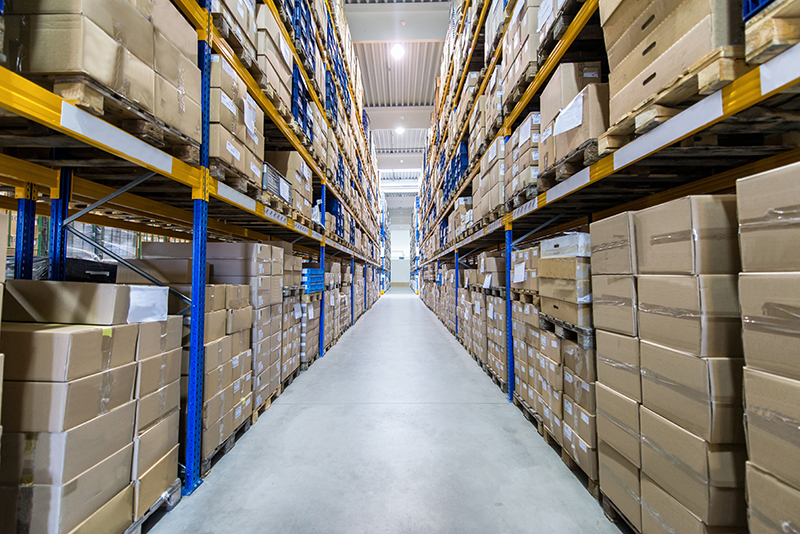Tariffs are in the air, but dealmaking continues on the ground in the U.S. industrial property market. Despite a slight softening, vacancy continues to hover at all-time historic lows. So, what’s driving the action? The following are eight things to know about demand for industrial property, according to JLL’s latest research Cheat Sheet:
- More tenants on the move, more locations needed. A year ago, our research showed 1,200 tenants seeking 439 million square feet of space. Now, roughly 1,600 tenants are in the market, looking for approximately 600 million square feet of space. The growing number of tenants includes not only new-to-market occupiers, but also companies that are looking to expand or replace square footage – whether that means a last-mile e-commerce delivery center close to consumers or a more modern, flat-floor big-box warehouse that is ready for today’s high-tech distribution.
- Less is more when it comes to square footage. As consumers begin to expect next-day or even same-day delivery from their e-tailers, distribution strategies increasingly include smaller delivery centers, some of them in urban infill locations, that help companies cover the last mile to the customer. No wonder the average square footage requirement has shrunk by 10,000 square feet over the past year to reach 360,000 square feet.
- Demand for in-house logistics and distribution space is growing. Of total U.S. demand for industrial space, 60% is coming from just five industries: logistics and distribution; food and beverage; e-commerce distribution; third-party logistics; and traditional retailers. More than one-third, 36.3%, of demand is coming from logistics and distribution, e-commerce distribution and third-party logistics companies (3PLs). Of this group, in-house logistics and distribution demand—that is, not 3PLs—is experiencing explosive 84% year-over-year growth.
- The pace of dealmaking is accelerating. Tenants are making fast moves to snap up state-of-the-art warehouse facilities and to flesh out their distribution networks to remain competitive. A year ago, the average space search took 13 months to find. Now, search time is down to seven months.
- Filling in the gaps. Although demand continues to keep pace for the largest warehouses, tenants are increasingly seeking smaller facilities as they fill in the gaps in their distribution networks. Over 45% of requirements are for spaces in the 100,000- to 250,000-square-foot range.
- Tenants are flocking to new spaces. As warehouse technologies continue to advance, tenants increasingly see the value of brand-new space. Relocations grew by 108%, year over year, as tenants sought high-quality space and prime locations.
- Top U.S. market availabilities. In every U.S region, tenant demand exceeds space availability. On average, only 48.9% of tenant requirements can be met by the amount of space currently on the market – and the availability gap is even greater for Class A space.
- The megabox still matters. Even as companies seek out smaller warehouse and distribution spaces, the megabox still has a role to play. In 17 markets, some tenants are seeking facilities sized 1 million square feet and up. Only two markets have megabox space availability that exceeds tenant requirements currently in play.
In short, so far, so good for industrial demand in 2019. However, shifting economic and trade winds will keep all eyes on leasing activity as an indicator of larger issues at work.














